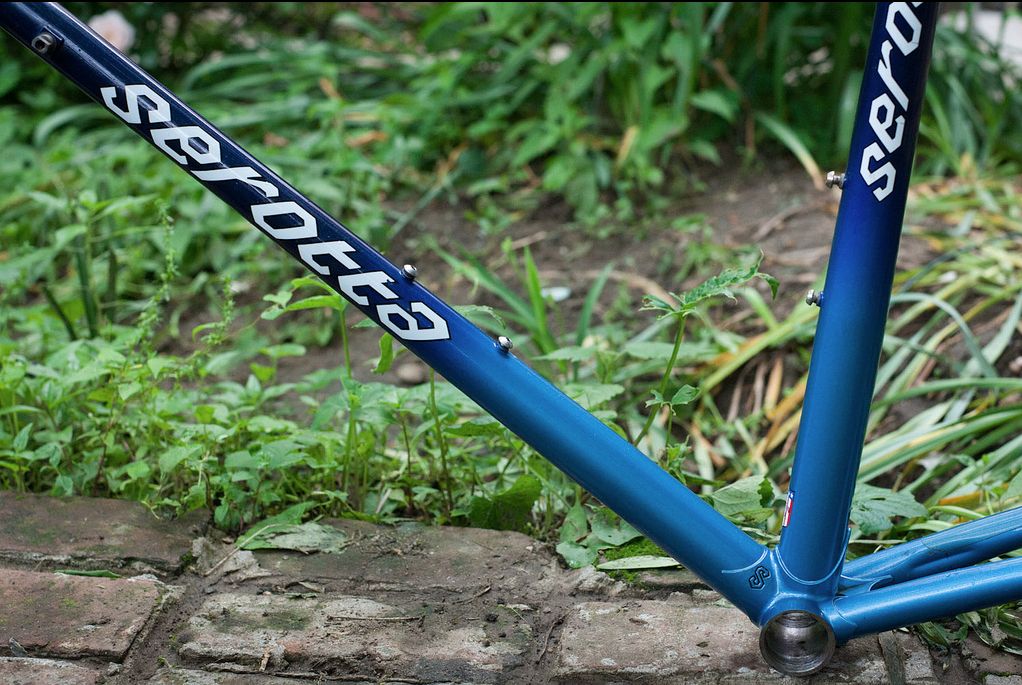Serotta Bicycles Closing

New York State’s Serotta Bicycles is closing after 40 years; Serotta is currently owned by the same company that owns Mad Fiber and Blue. The sale last year had been meant to attract investment and pooling of resources, but in the end Serotta Bicycles was unable to meet payroll. The company was steadfast in their commitment to domestic production to the last.
Serotta bikes are inextricably linked with the rise of American cycling in international competition in the 1980s through supplying team bikes (usually bearing some other name) to American athletes in the national programs. Jim Ochowicz led legendary team 7-11, America’s pro cycling expeditionary force, into Europe aboard re-badged Serottas. Serotta was the framebuilder for Coors Light team, who had a stranglehold on the domestic US cycling scene during the early to mid-1990s. Names like Grewel, Phinney, Keifel, Moninger, and Heiden all made it onto winner’s lists atop Serotta frames.
Though in recent years Serotta has made their flagship frames in titanium and carbon fibre/titanium hybrid, in my mind the most interesting Serottas were the lugged steel frames using shaped and ovalized tubing, custom produced for Serotta by Columbus and True Temper. Back in the late 1980s, lugged steel bikes were still being developed as cutting edge competition equipment. Special lugs similar to Columbus’ MAX and Merckx MXL lugsets were cast to fit the exotic tubing, and these “CSi” frames are still some of the most unique lugged bikes ever made.
The Serotta company will only remain open for a few more weeks to fulfill existing orders. Founder Ben Serotta, who had not recently owned the brand or held stock in the company, has said that he himself is not finished making custom bicycles, though no immediate plan was given.
The recent closing illustrates the difficulty of mid to large size framebuilders to operate in America. Forty years of history and in a moment Serotta will be gone. What happened, or what didn’t happen? A few years ago the company moved into a new facility with a 5,000 frame/year capacity, but they were forced to scale back into a more sustainable business model. Did Serotta try to get too big? Is large-scale, domestic manufacturing just economically unviable these days?